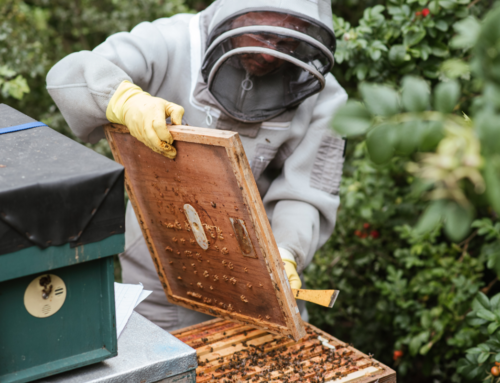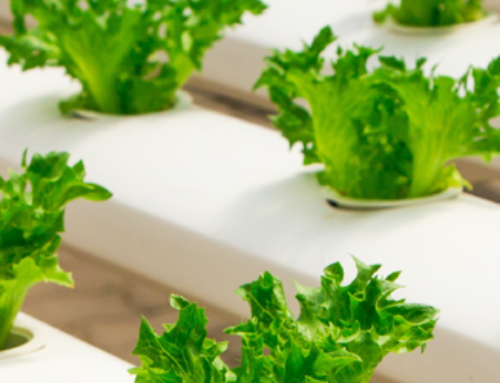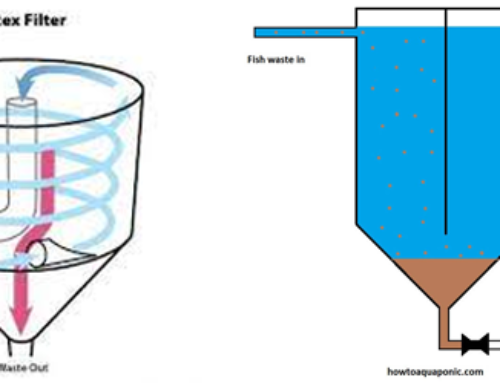Bees can sting; this is something that you must consider before beginning beekeeping. You must be able to withstand bee stings, since they cannot be avoided altogether.
Bee Keepers Protection
Unfortunately, a few people are potentially allergic to bee stings. Such persons, instead of developing immunity, become severely allergic after a few stings.
When handling bees, protective clothing and equipment is required to minimise the number of stings. This gives a confidence which allows efficient colony management and close observation of bee behaviour. Protective clothing should comprise of:
- A bee suit, or at the very minimum, a veil, that will fully protect the head and face whilst allowing clear vision and free flow of air;
- Suitable beekeeping gloves such as disposable latex gloves which provide protection but also can be either cleaned easily or disposed of. Sheep skinned leather gloves should be avoided because they may harbour disease causing pathogens;
- Wellington boots or, working boots with protective toe caps.
Filthy bee suits and poor apiary hygiene such as not cleaning hive tools between each colony or leaving exposed wax, honey or feed will increase these risks.
Other essential items of equipment:
- A well-lit bee smoker should always be on hand to subdue the bees if they get out of control.
- Another essential part of the beekeepers kit is the hive tool, which is needed for prising frames and various hive components apart, as well as scraping frames and cleaning inside hive surfaces so they are free of beeswax and propolis (a plant resin collected by bees). They come in two forms, a commercial and J type.
- The Bee Brush gently removes bees away from frames, supers and clothing. Its long and soft with two rows of natural fibres.
If you produce honey then you will need to purchase a honey extractor and a means of filtering the honey before bottling and labelling it up.





